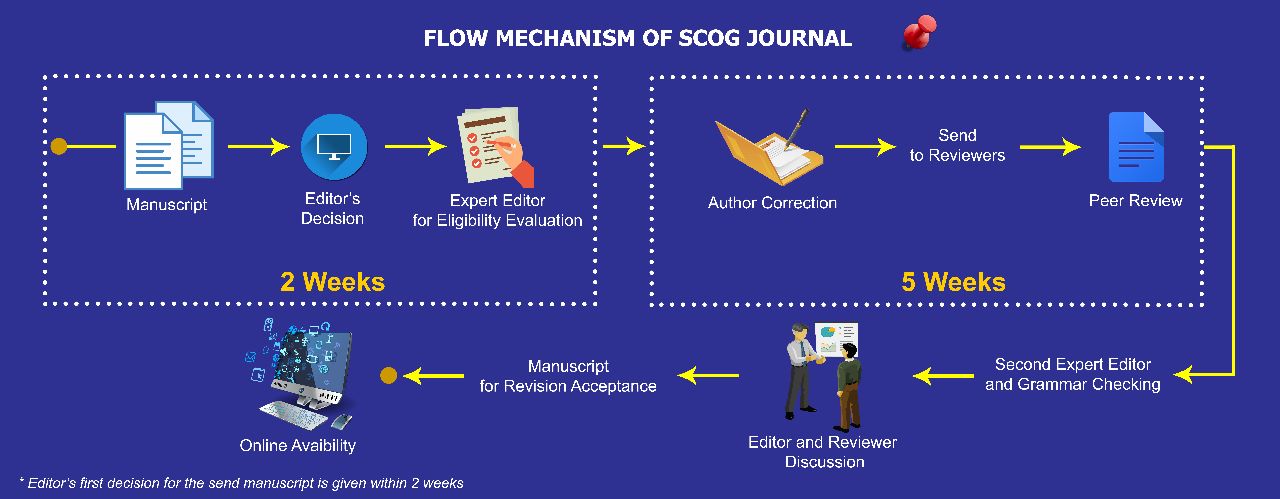PENENTUAN SWELLING FACTOR DAN TEKANAN TERCAMPUR MINIMUM UNTUK PENERAPAN INJEKSI GAS KARBONDIOKSIDA DI LAPANGAN MINYAK
Sari
Kata Kunci
Teks Lengkap:
PDFReferensi
Abdassah, D., Siregar, S. & Kristanto, D., 2000. The Potential of Carbon Dioxide Gas Injection Application in Improving Oil Recovery. Beijing, China, Society of Petroleum Engineers.
Abdurrahman, M., Permadi , A., Bae, W. & Masduki, A., 2017. EOR in Indonesia: past, present, and future. International Journal of Oil, Gas and Coal Technology, 16(3), pp. 250-270.
Barclay, T. H. & Mishra , S., 2016. New correlations for CO2-Oil solubility and viscosity reduction for light oils. Journal of Petroleum Exploration and Production Technology, Volume 6, p. 815–823.
Chae, K.-S. & Lee, J.-w., 2015. Risk analysis and simulation for geologic storage of CO2. Incheon, Korea, ACEM15.
Emera, M. & Sarma, H., 2006. A genetic algorithmbased model to predict CO2-oil physical properties for dead-live oil. Calgary, Alberta, Petroleum Society of Canada.
Holm, L. & Josendal, V., 1974. Mechanisms of oil displacement by carbondioxide. Journal of Petroleum Technology, December.26(12).
Klins, M., 1984. arbondioxide flooding: Basic mechanisms and project design. Boston, USA: Reidel Publishing Company.
LPPM UPN “Veteran” Yogyakarta, 2011. Feasibility study of CO2 flooding in Lapangan Jatibarang, Pertamina EP Region Jawa, Yogyakarta: LPPM UPN “Veteran” Yogyakarta.
Miller , J. S. & Jones , R. A., 1981. A laboratory study to determine physical characteristics of heavy oil after CO2 saturation. . Tulsa, Oklahoma, Society of Petroleum Engineers.
Mungan, N., 1981. Carbon dioxide displacement fundamentals. Journal of Canadian Petroleum Technology, 20(01).
Muslim, A., Bae , W., Permadi, A.K., Am, S., Gunadi, B., Saputra, D.S.M., Widyaningsih, R., & Gunadi, TA., 2013. Opportunities and challenges of CO2 flooding implementation in Indonesia. Jakarta, Indonesia, Society of Petroleum Engineers.
Rostami, A., Arabloo, M., Kamari, A. & Mohammadi, A. H., 2017. Modeling of CO2 solubility in crude oil during carbon dioxide enhanced oil recovery using gene expression programming. Fuel, 15
December, Volume 210, pp. 768-782.
Simon, R. & Graue, D., 1965. Generalized correlation for predicting solubility swelling and behaviour CO2-Crude oil system. Journal of Petroleum Technology, January.17(01).
Sohrabi, M. & Emadi, A., 2012. Novel Insights into the Pore-Scale Mechanisms of Enhanced Oil Recovery by CO2 Injection.. Copenhagen, Denmark, Society of Petroleum Engineers.
Stalkup, F. I., 1983. Miscible Displacement. Monograph Series. Dallas, Texas: Society of Petroleum Engineers.
Suarsana, I. P., 2010. Producing high CO2 gas content reservoirs in Pertamina Indonesia using multi stage cryogenic process. Brisbane, Queensland, Australia, Society of Petroleum Engineers.
Taber, J., Martin, F. & Seright, R., 1997. EOR screening criteria revisited-Part 1: Introduction to screening criteria and enhanced oil recovery field projects.. SPE Reservoir Engineering, 12(03).
Wellker, J. & Dunlop, D., 1963. Physical properties of carbonate oil.. Society of Petroleum Engineers of AIME.
Yellig, W. F., 1982. Carbon dioxide displacement of West Texas reservoir oil. Society of Petroleum Engineers Journal, 22(06).
Yellig, W. & Metcalfe, R., 1980. Determination and prediction of CO2 minimum miscibility pressure. Journal of Petroleum Technology, 32(01).
DOI: https://doi.org/10.29017/LPMGB.53.3.435






